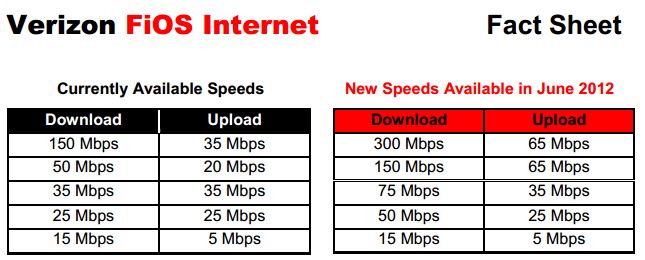 The first 2Gbps Gigabit Pro deployments from Comcast will rely on Metro Ethernet that now serves Comcast’s midsized business customers, later migrating to passive optical network [PON] technology Comcast intends to begin installing in new housing developments and apartment complexes.
The first 2Gbps Gigabit Pro deployments from Comcast will rely on Metro Ethernet that now serves Comcast’s midsized business customers, later migrating to passive optical network [PON] technology Comcast intends to begin installing in new housing developments and apartment complexes.
Multichannel News reports Comcast is now offering a limited promotional price of $159/mo for the ultra-fast broadband service, but to receive the discount customers must sign a three-year service contract with early cancellation penalties and agree to pay up to $1,000 in installation and activation fees.
Comcast claims it will offer the service to about 18 million homes by the end of the year — those within 1/3rd of a mile of Comcast’s existing fiber network.
Tony Werner, Comcast’s executive vice president and chief technology officer would not say which version of PON — GPON or EPON Comcast will use long-term, but a decision had already been made within the company and would eventually be known to customers.
 ZTE, a Chinese provider of telecommunications equipment and network solutions, says EPON is the dominant fiber to the home solution in Japan, Korea, China and other Asia-Pacific countries. In other countries, especially in America, GPON is the preferred choice, as it can coexist with earlier PON systems.
ZTE, a Chinese provider of telecommunications equipment and network solutions, says EPON is the dominant fiber to the home solution in Japan, Korea, China and other Asia-Pacific countries. In other countries, especially in America, GPON is the preferred choice, as it can coexist with earlier PON systems.
Werner added Comcast will quietly deploy fiber to the home service in certain new housing developments.
“Once the trench is open, the incremental economics are close enough that we will do fiber-to-the-home, unless it’s a very small stub off of existing plant,” Werner said.
But for everyone else, it will be coaxial cable as usual unless customers pay that $1,000 fiber fee and are willing to wait up to eight weeks for installation. Comcast will run fiber and install the necessary equipment, including the Optical Network Terminal, only to customers who sign up for Gigabit Pro.


 Subscribe
Subscribe


